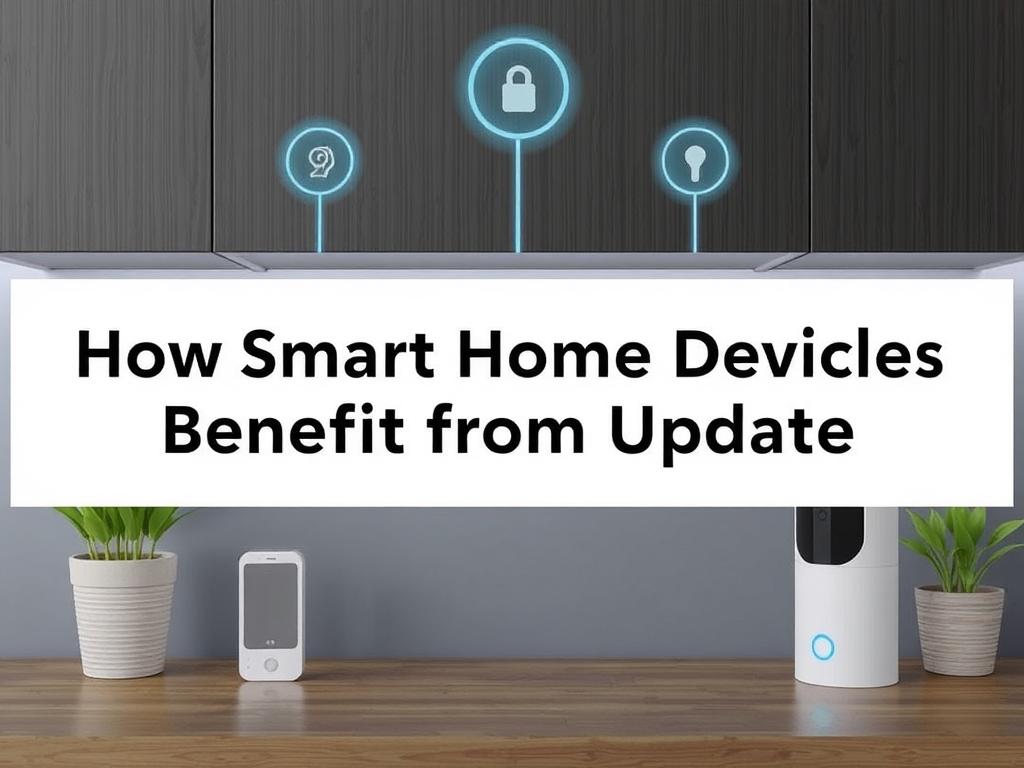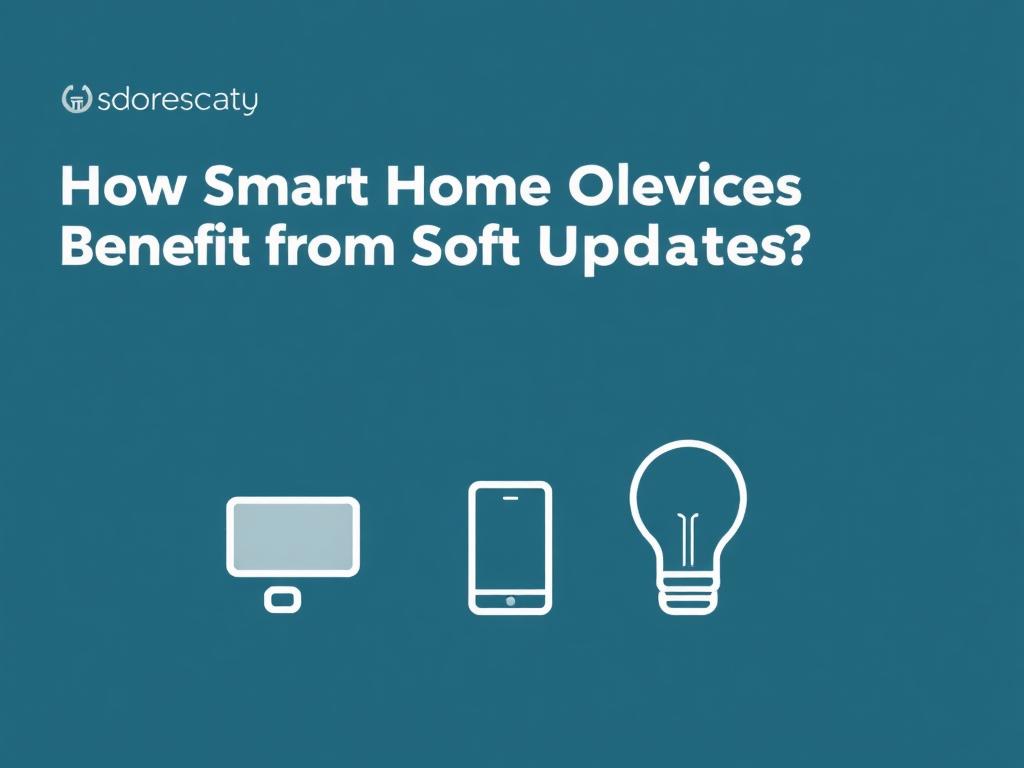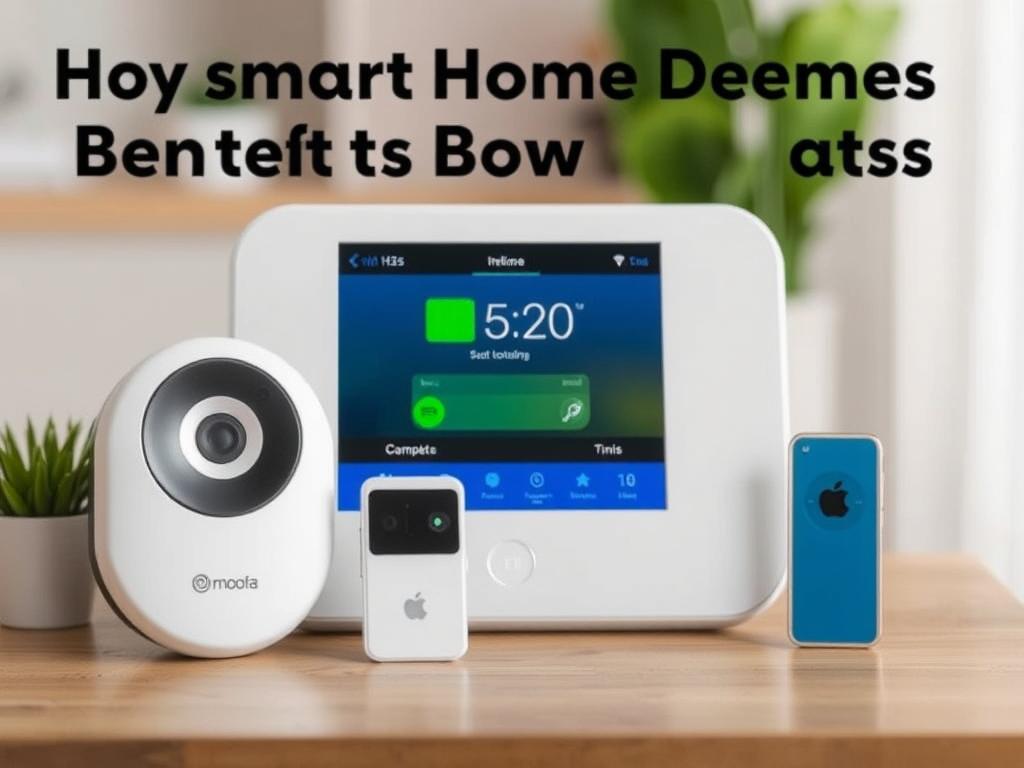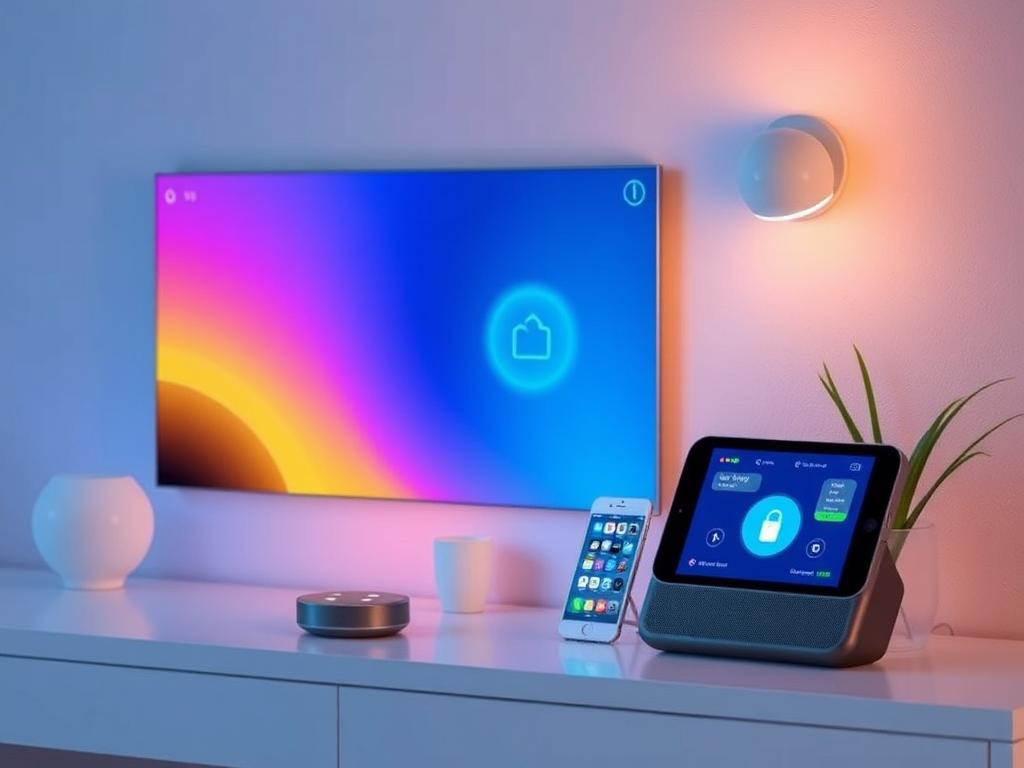Understanding Soft Updates in Smart Home Devices
Smart home devices have reshaped the way we live, making everyday tasks easier, more efficient, and often more enjoyable. But behind the scenes, these gadgets rely heavily on software to function optimally, adapt to new features, and patch vulnerabilities. This is where the concept of “soft updates” becomes a game-changer. Unlike hard, forceful updates that may require restarting devices or disrupting ongoing functions, soft updates manage to improve and patch smart home technology almost invisibly, ensuring your home stays smart without any hassle.
Soft updates refer to the process of rolling out software improvements in a gentle, non-intrusive manner. They allow devices such as smart thermostats, lighting systems, security cameras, and voice assistants to update their software quietly in the background. This method minimizes interruptions, which is crucial in a connected ecosystem where multiple devices need to operate seamlessly without causing inconvenience to the user.
The Technology Behind Soft Updates
Before diving deeper into the benefits of soft updates for smart home devices, it’s helpful to get a quick overview of how these updates actually work. When a new software version becomes available, instead of downloading and installing all the changes at once (which might result in system downtime or glitches), the update is broken into smaller chunks. These chunks get applied gradually, often while the device is idle or performing non-critical tasks.
How Soft Updates Differ from Traditional Updates
| Feature | Soft Updates | Traditional Updates |
|---|---|---|
| Downtime | Minimal or none | Often requires device restart |
| User Disruption | Very low | High, device may be unusable during update |
| Update Size | Incremental | Usually full package |
| Reliability | Higher due to phased rollouts | Moderate to high, but errors can be more disruptive |
| Energy Consumption | Optimized; updates occur during low usage | Can be high during full updates |
By fine-tuning when and how updates are applied, soft updates ensure that the smart home’s functionality remains intact at all times, which is especially important for security-related devices like smart locks or cameras.
Benefits of Soft Updates for Smart Home Devices

Soft updates bring multiple advantages to users and manufacturers alike. These benefits highlight why many smart home device companies invest heavily in implementing soft update mechanisms.
1. Continuous Improvement Without Interruptions
Imagine trying to adjust the thermostat or unlock your door, only to find the device temporarily unresponsive due to a software update. Soft updates prevent this by updating devices in the background, preserving uptime and maintaining the seamless user experience smart homes promise. Whether it’s upgrading functions, optimizing performance, or patching security flaws, soft updates make sure the smart ecosystem remains fully operational.
2. Enhanced Security and Reliability
Security is paramount in smart homes because devices often have access to sensitive information and physical entry points. Soft updates support timely and unobtrusive delivery of critical security patches. This means vulnerabilities are addressed quickly without making users wait or lose control over their devices. Moreover, incremental updates reduce the chance of bricking a device because rollback options and phased deployments can be built into the process.
3. Energy Efficiency and Cost Savings

Maintaining smart home devices often requires a balance between functionality and energy consumption. Soft updates typically apply changes during periods of low device activity, thus avoiding unnecessary energy spikes that might occur if a complete update is forced all at once. Over time, this not only saves electricity but also contributes to extending the device’s lifespan, which translates into cost savings for homeowners.
4. Better User Experience and Trust
Soft updates help build trust between customers and smart home product providers. When devices update smoothly without demanding the user’s attention or causing frustration, users are more likely to feel confident about the products they own. This ongoing satisfaction encourages continued use and loyalty, while also making it easier to introduce new features that enhance comfort, convenience, and security.
Examples of Soft Updates in Popular Smart Home Devices

Many well-known smart home brands use soft update technologies to provide smoother user experiences and maintain device security. Let’s take a look at some examples:
- Smart Thermostats: Brands roll out incremental changes that optimize energy consumption patterns based on usage data, updating devices quietly at night or during idle times.
- Smart Security Cameras: Firmware patches that improve motion detection algorithms or fix vulnerabilities are downloaded and installed seamlessly, ensuring no blind spots during updates.
- Voice Assistants: Soft updates enhance voice recognition capabilities or add new skills without forcing users to pause or reset devices.
- Smart Lighting Systems: Updates tweak brightness schedules and color algorithms on the go, enabling continuous adaptation to homeowners’ preferences.
Tips for Maximizing the Benefits of Soft Updates in Your Smart Home
Making the most of soft updates involves proactive management and a little setup. Following these simple recommendations will help you stay ahead:
- Keep Devices Connected: Ensure your smart home gadgets have stable internet access so they can receive updates promptly.
- Enable Automatic Updates: Opt into automatic updates through device settings to allow soft updates to deploy without manual intervention.
- Schedule Downtime if Possible: While soft updates are designed to avoid disruptions, setting devices to low-use modes during typical update windows can enhance update speed and reliability.
- Regularly Update Your Router Firmware: Soft updates require both devices and networks to operate optimally.
Potential Challenges of Soft Updates and How They Are Overcome
No technology is perfect, and soft updates come with their own unique challenges. For instance, incremental updates require sophisticated patch management systems and enough onboard storage to handle partial updates. Sometimes, if updates are too fragmented, coordination errors could leave firmware in unstable states.
Thankfully, developers mitigate these risks through:
- Robust Rollback Mechanisms: Devices can revert to stable versions if a soft update fails.
- Phased Rollouts: Updates are first deployed to a small subset of devices to monitor for issues before reaching all users.
- Thorough Testing: Updates undergo extensive automated and manual testing to reduce the chances of bugs.
These strategies ensure that the benefits of soft updates are delivered consistently, preserving the overall integrity of the smart home environment.
Conclusion
Soft updates transform the smart home experience by offering a low-disruption, highly secure, and efficient method to keep devices current and reliable. Through incremental, seamless improvements, smart home gadgets stay smarter, more responsive, and safer, all while minimizing downtime and frustration for users. As smart home technology continues to evolve, the role of soft updates will become even more critical in maintaining the harmony and convenience that define modern connected living. Embracing soft updates means stepping into a future where your smart home adapts quietly and consistently—just like it should.

